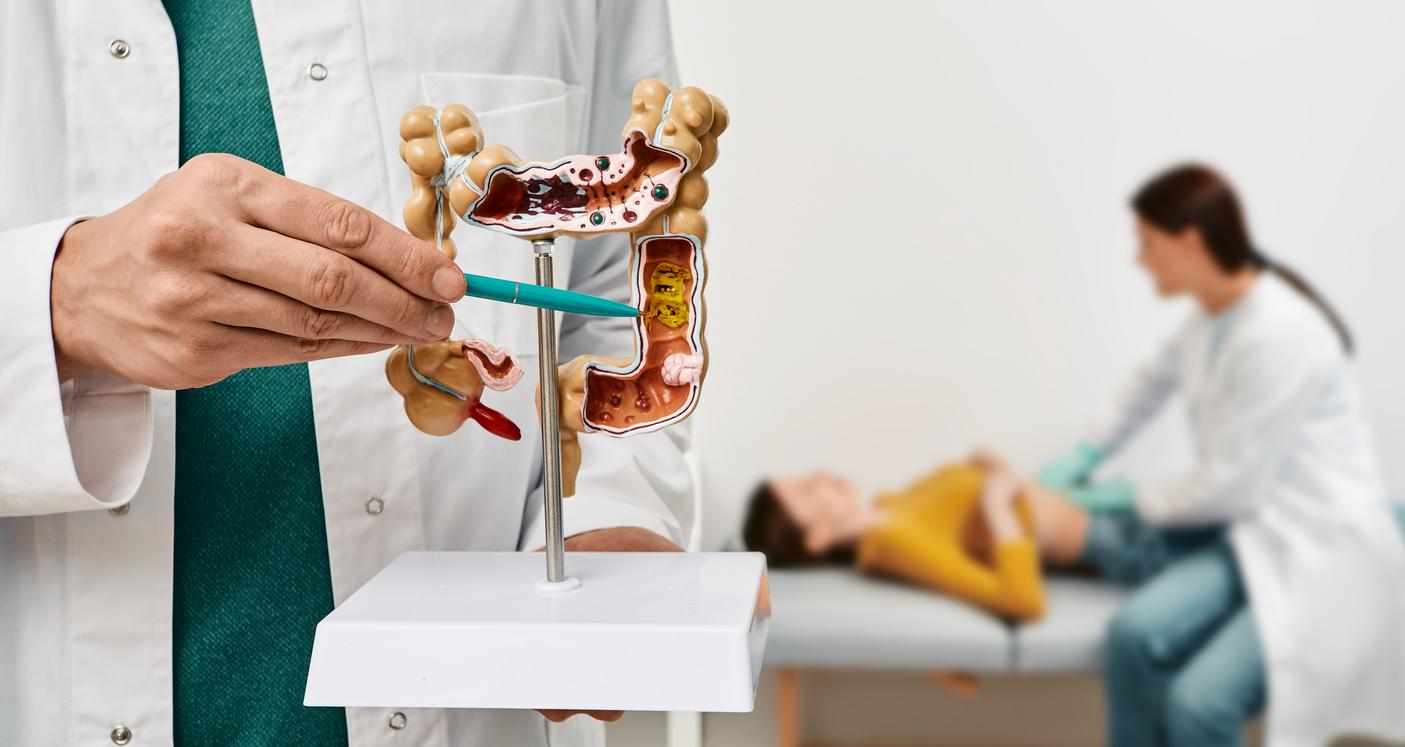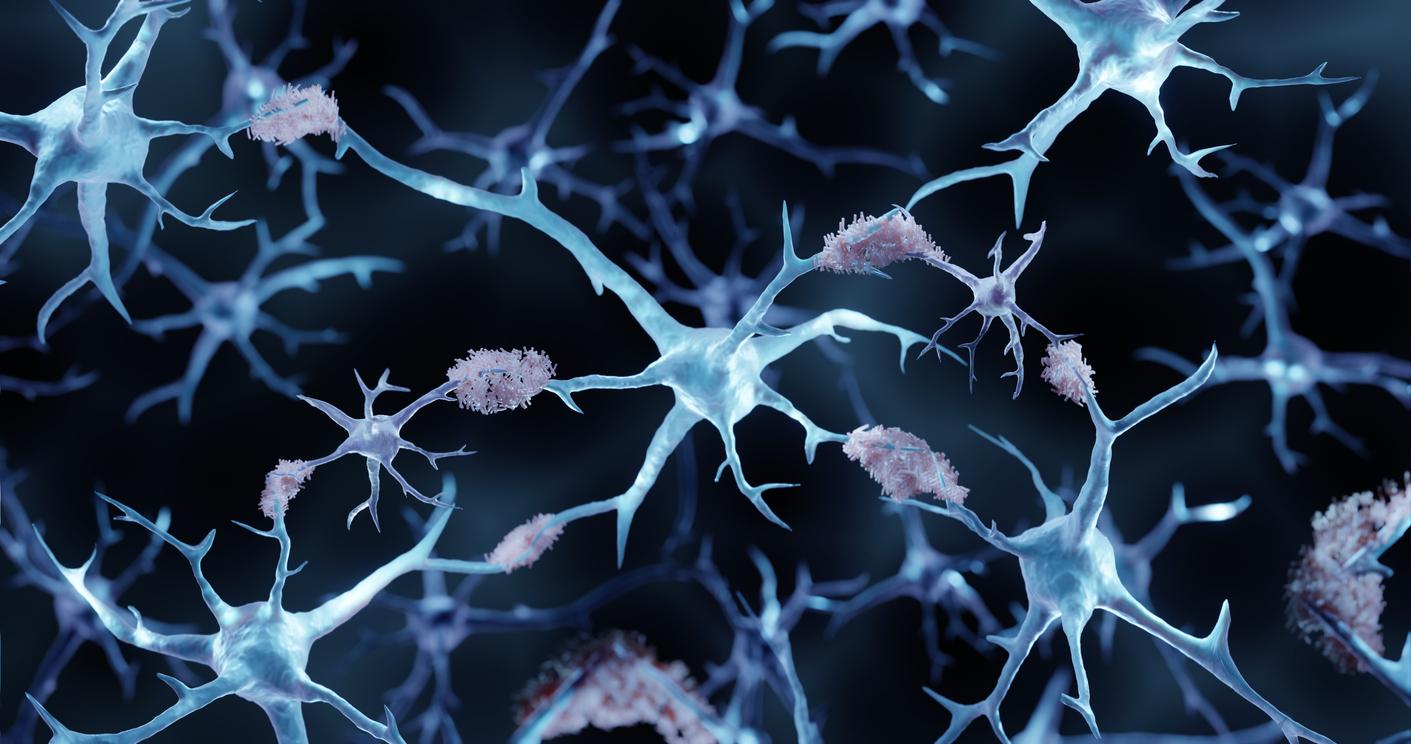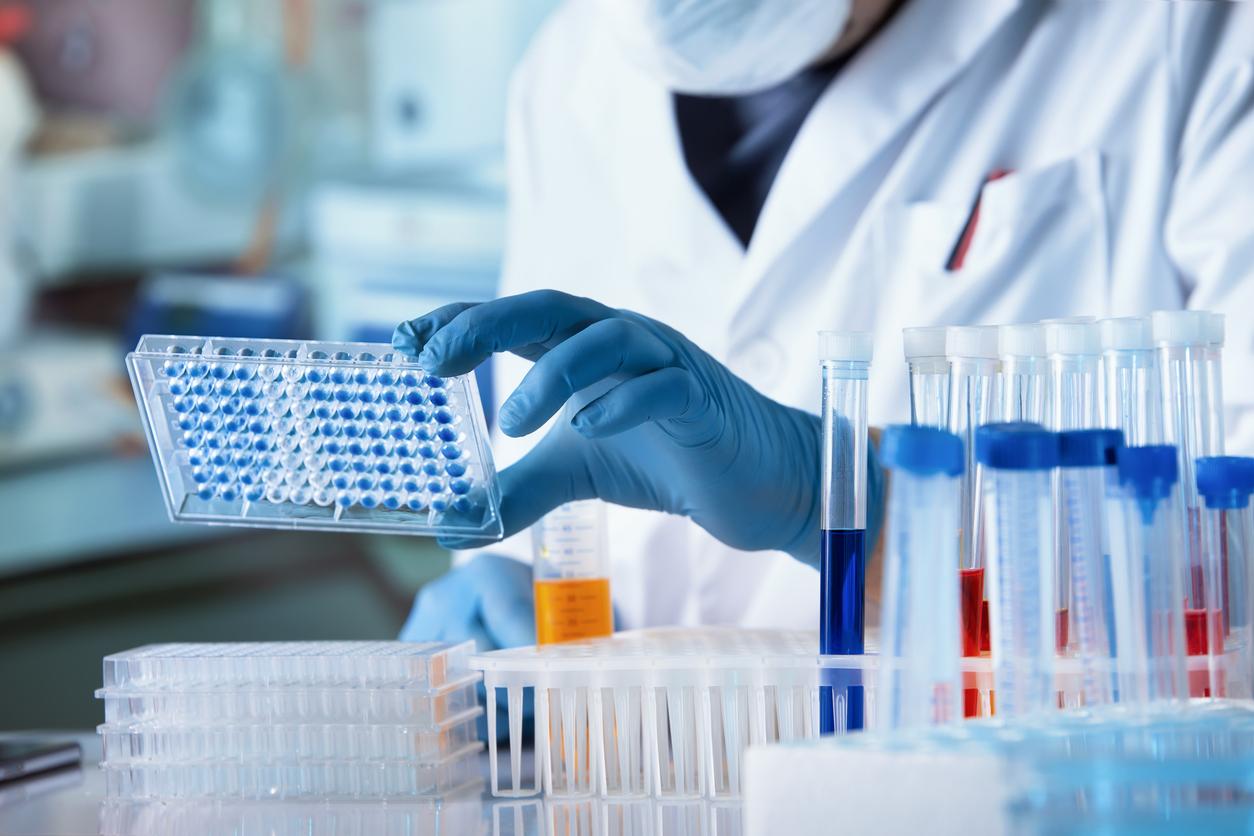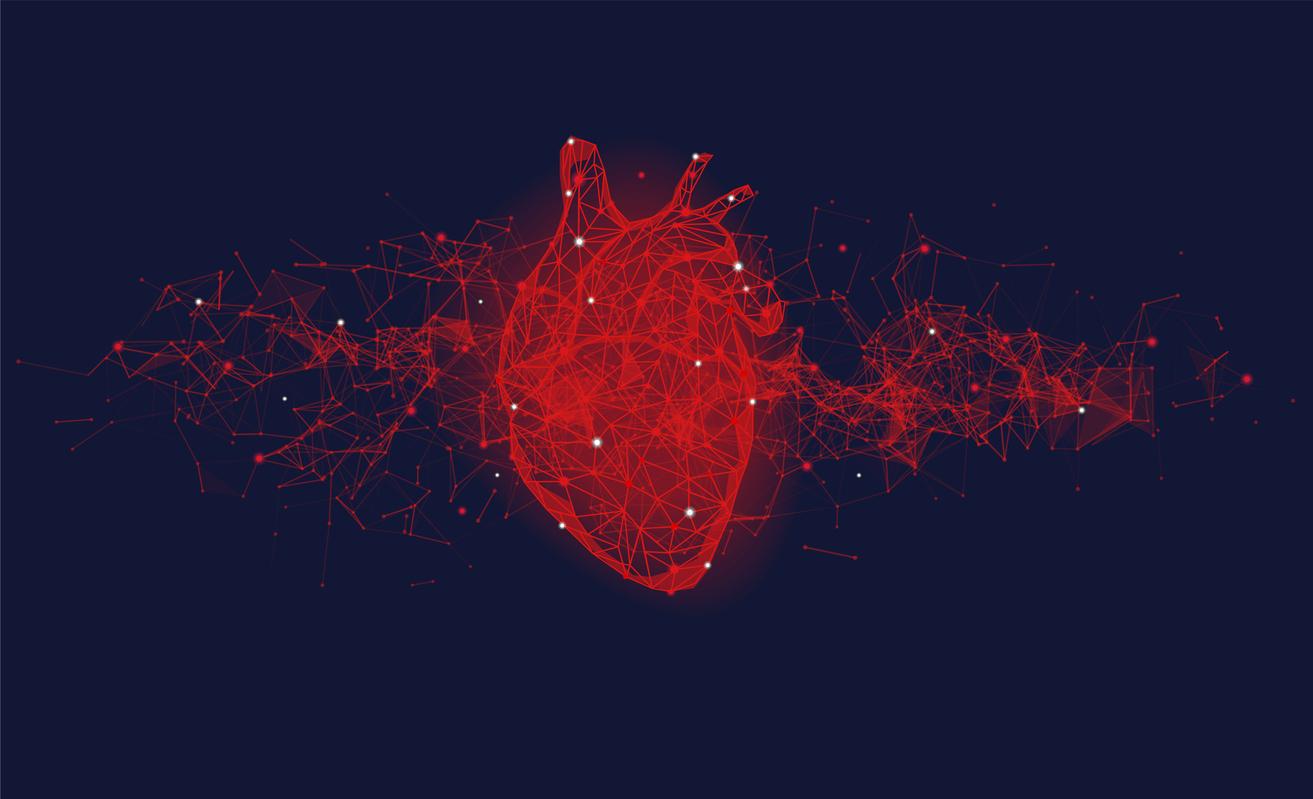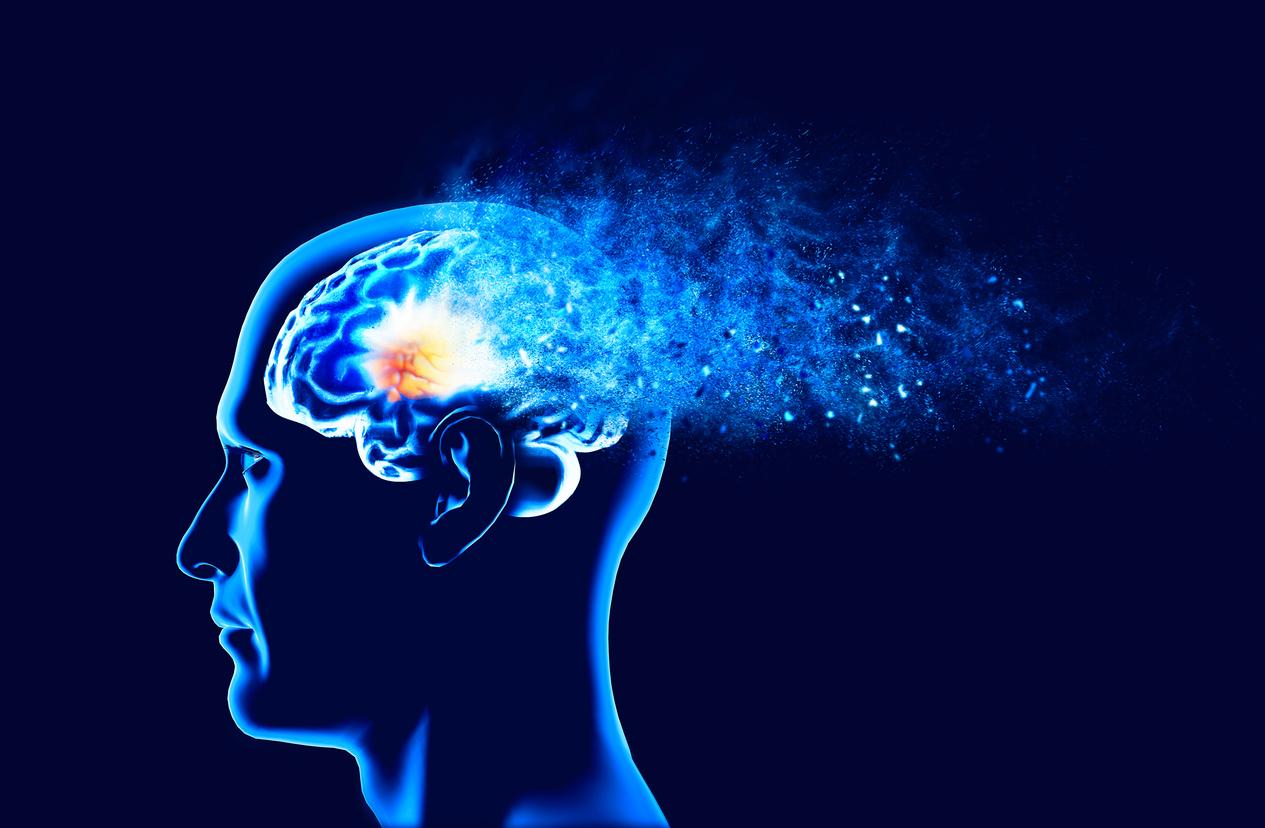The cells that make up our heart muscle accumulate new genetic mutations over time, while losing the ability to repair them.

- Cardiomyocytes accumulated mutations as fast, or even faster, than some types of dividing cells that are thought to be less susceptible to changes.
- The muscle cells of the heart presented on average more than 100 new mutations per year and per cell.
“The accumulation of somatic DNA mutations over time is a hallmark of aging in many dividing and non-dividing cells, but has not been studied in human cardiomyocytes (i.e. muscle cells of the heart)”, said researchers from Boston Children’s Hospital (USA). This is why they decided to carry out a study published in the journal Nature Aging.
Whole genome sequencing
As part of this work, the scientists sequenced the entire genome of 56 cells that make up the heart muscle, from 12 people aged between 4 months and 82 years. The participants were dead, but their deaths were not associated with heart disease.
Using sophisticated bioinformatics techniques and analyses, the authors compared the number of somatic, ie non-inherited, mutations in the cells of the different participants. They also looked for patterns of mutations that could explain the mechanisms of heart disease.
Mutations multiply with age
According to the results, the more the cells were “old”, the more they presented “one-letter changes”, called “single nucleotide somatic variants”, in their DNA. In a statementthe researchers specified that these mutations were caused by oxidative damage, according to the patterns.
“As the heart is always pumping, it uses a lot of energy. This energy production creates chemical by-products called reactive oxygen species or ROS. When ROS levels are too high, they can damage DNA”, explained Ming Hui Chen, author of the research.
The heart may no longer beat properly
Mutations impact the ability of heart muscle cells to regenerate, scientists say. “As you get older and the mutations multiply, you add deleterious effects that can push the heart past a tipping point into disease. You can get to a point where the DNA is so damaged that the heart can no longer beat properly”, added the author.







